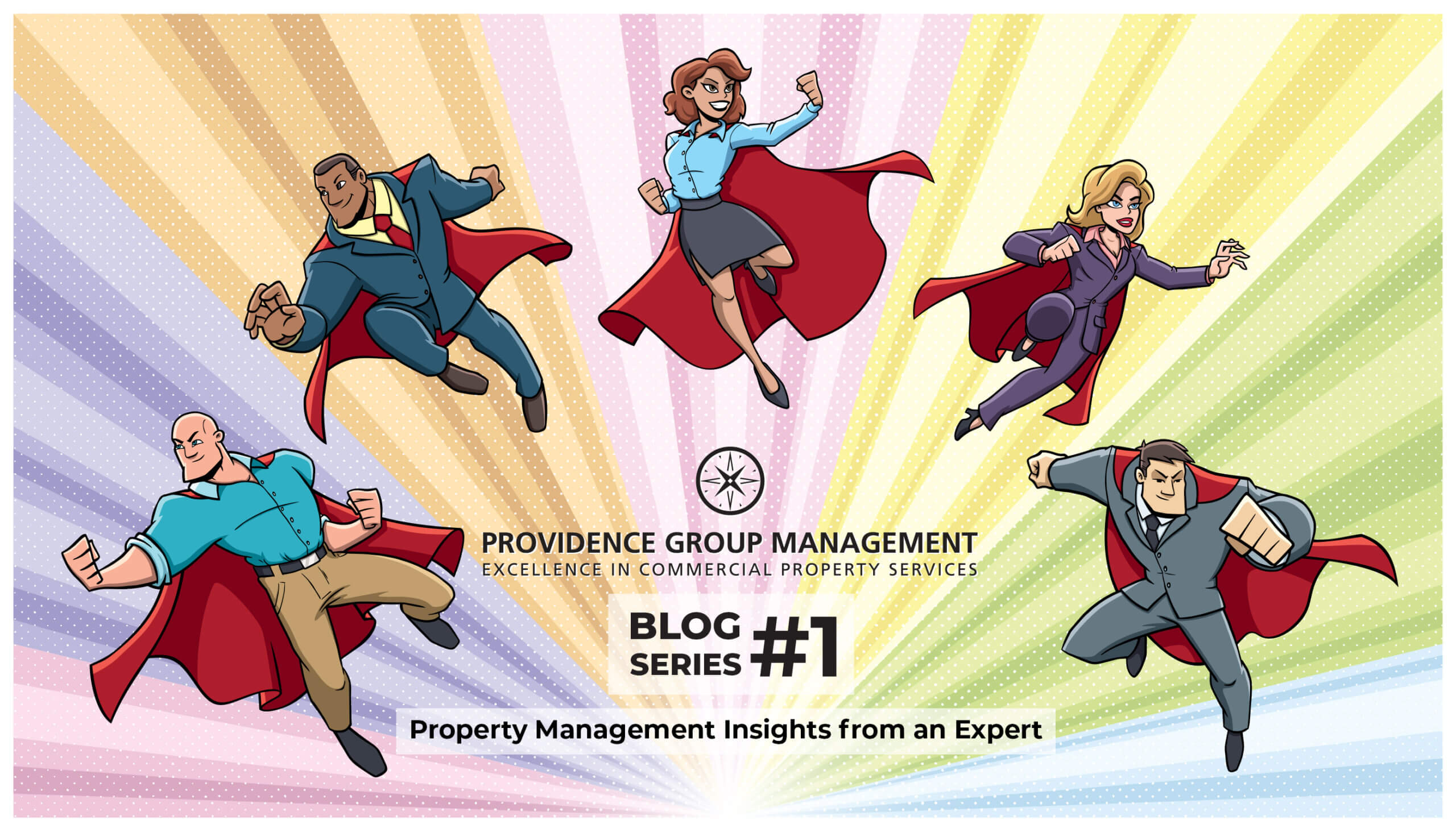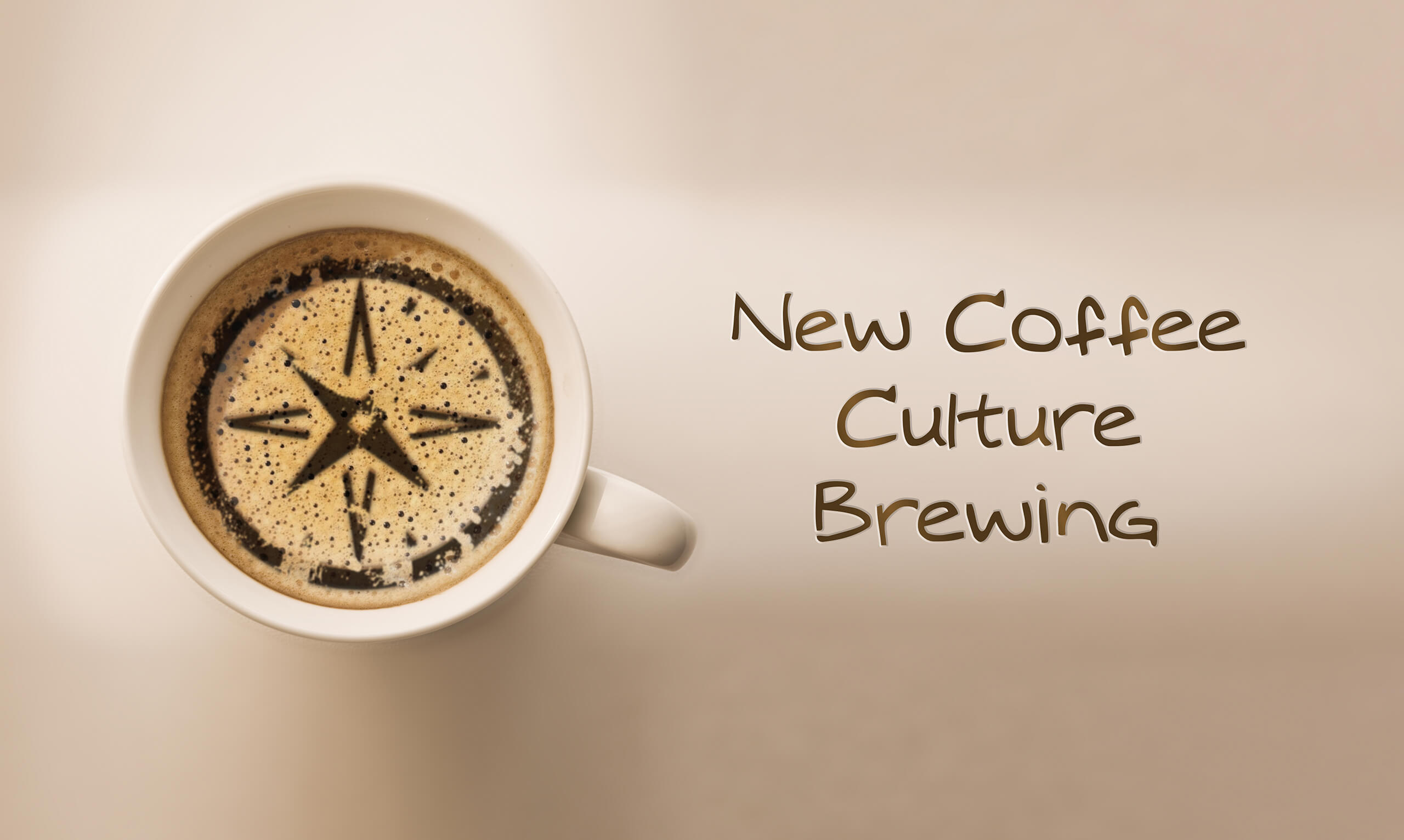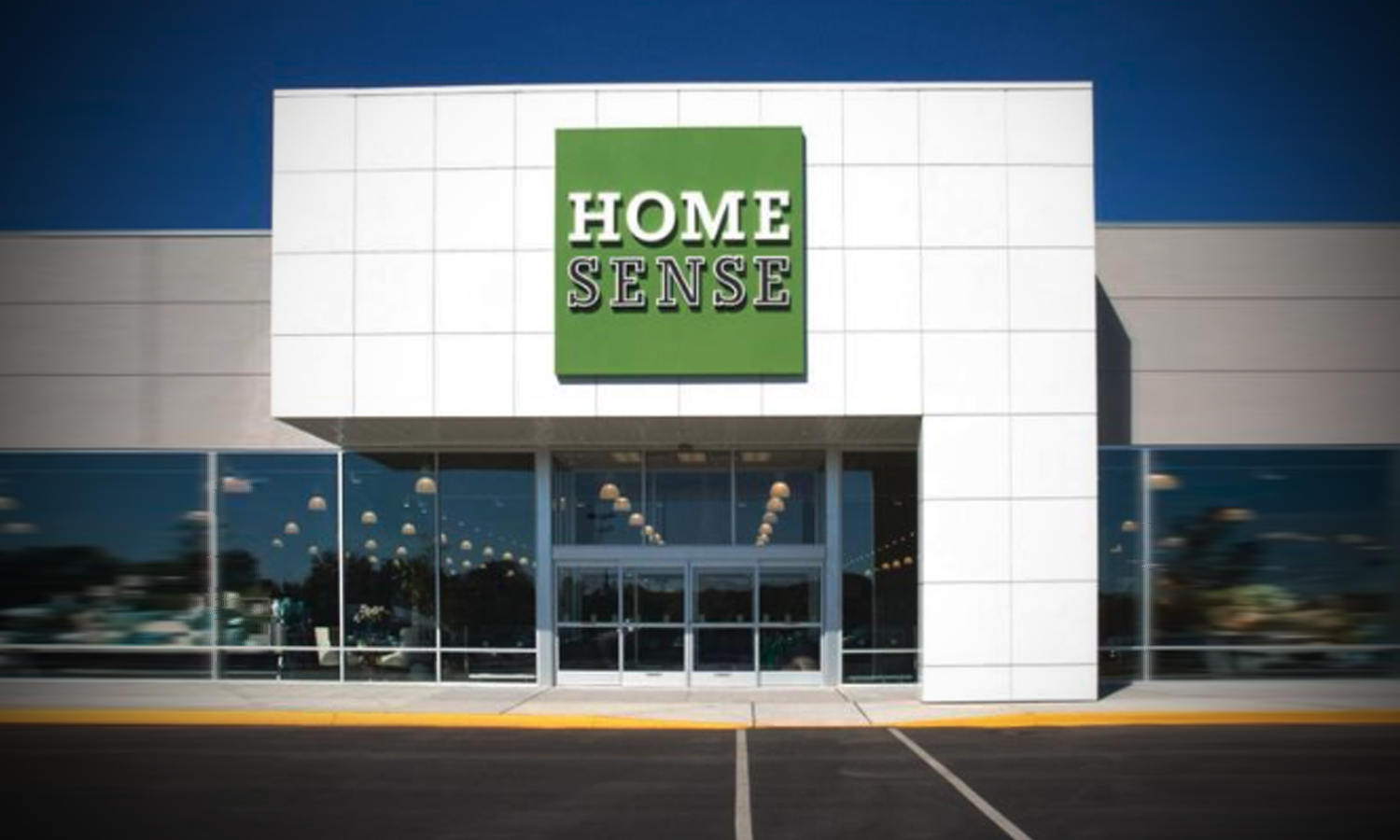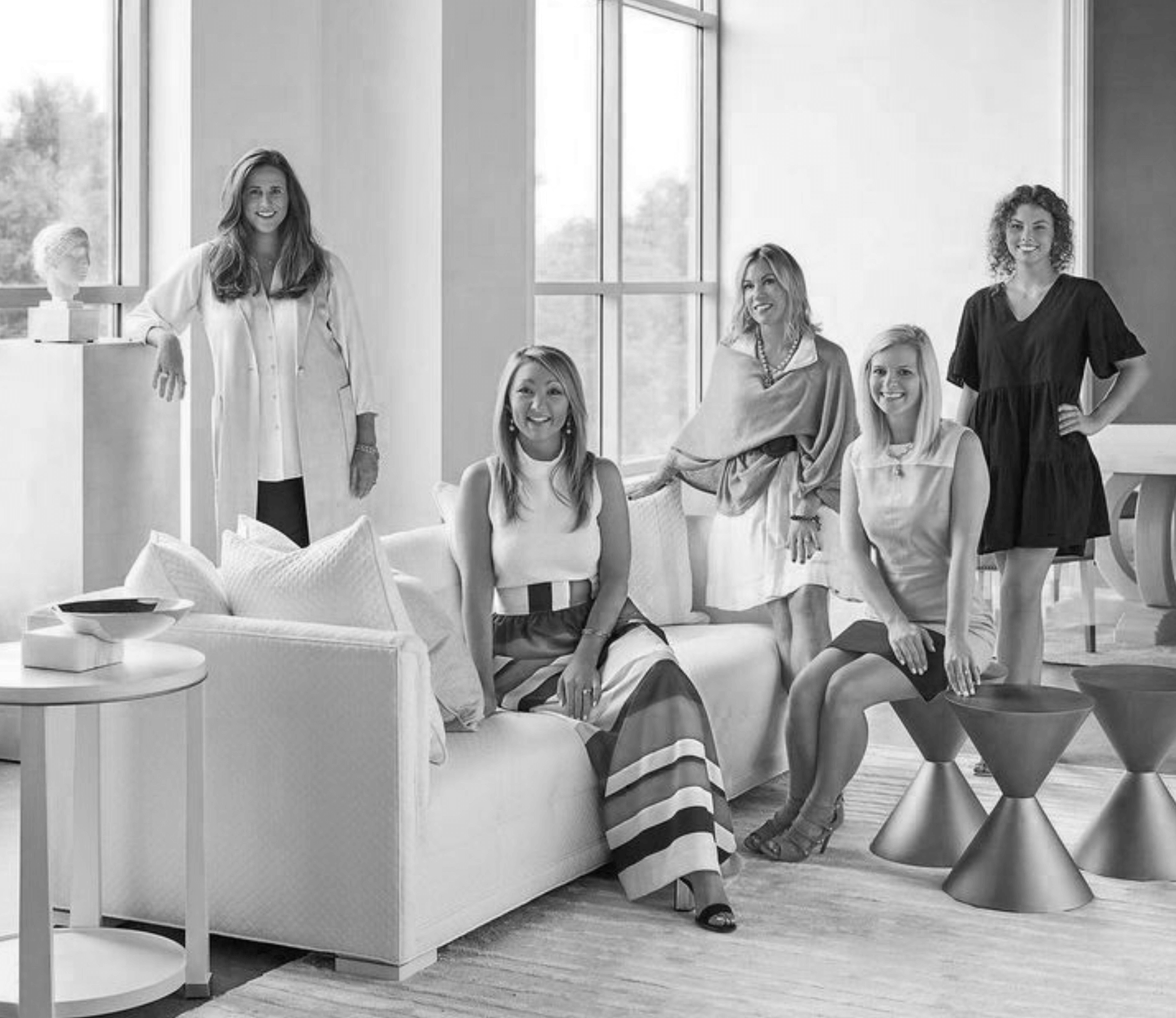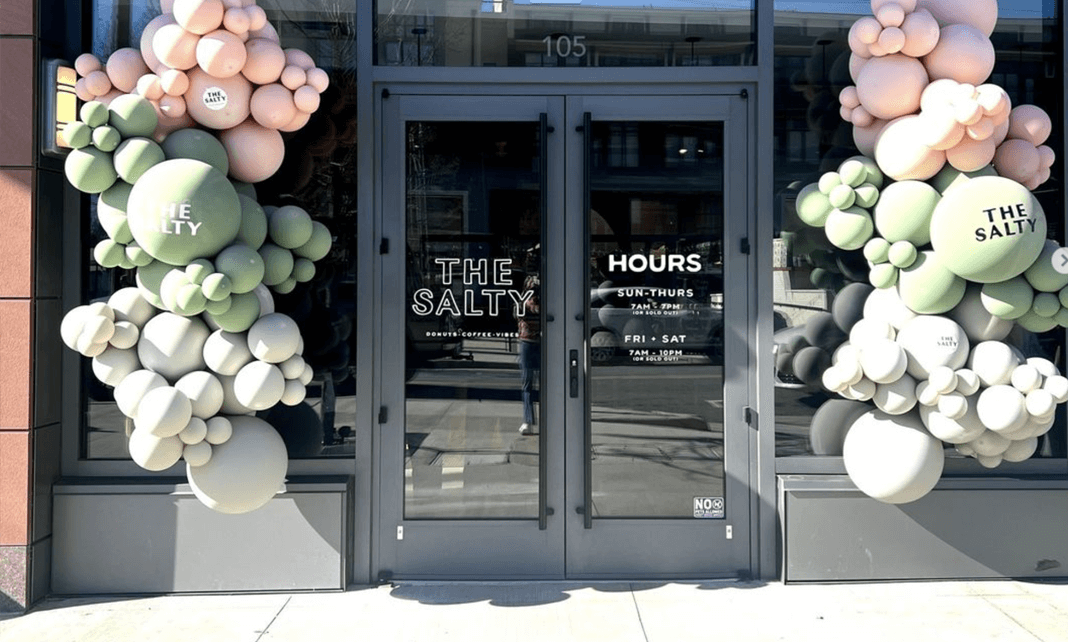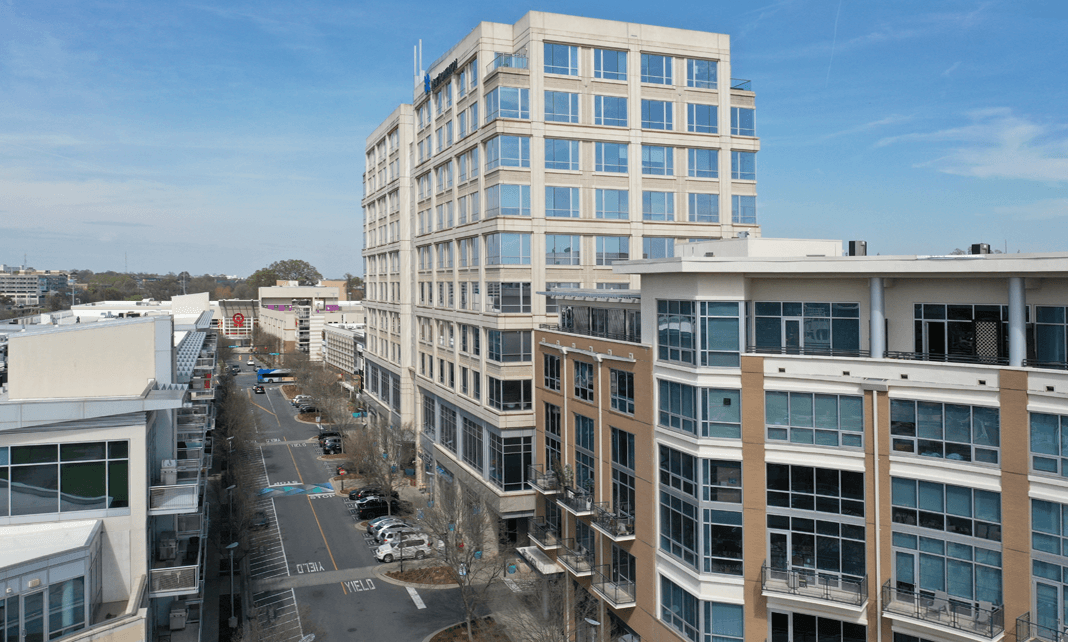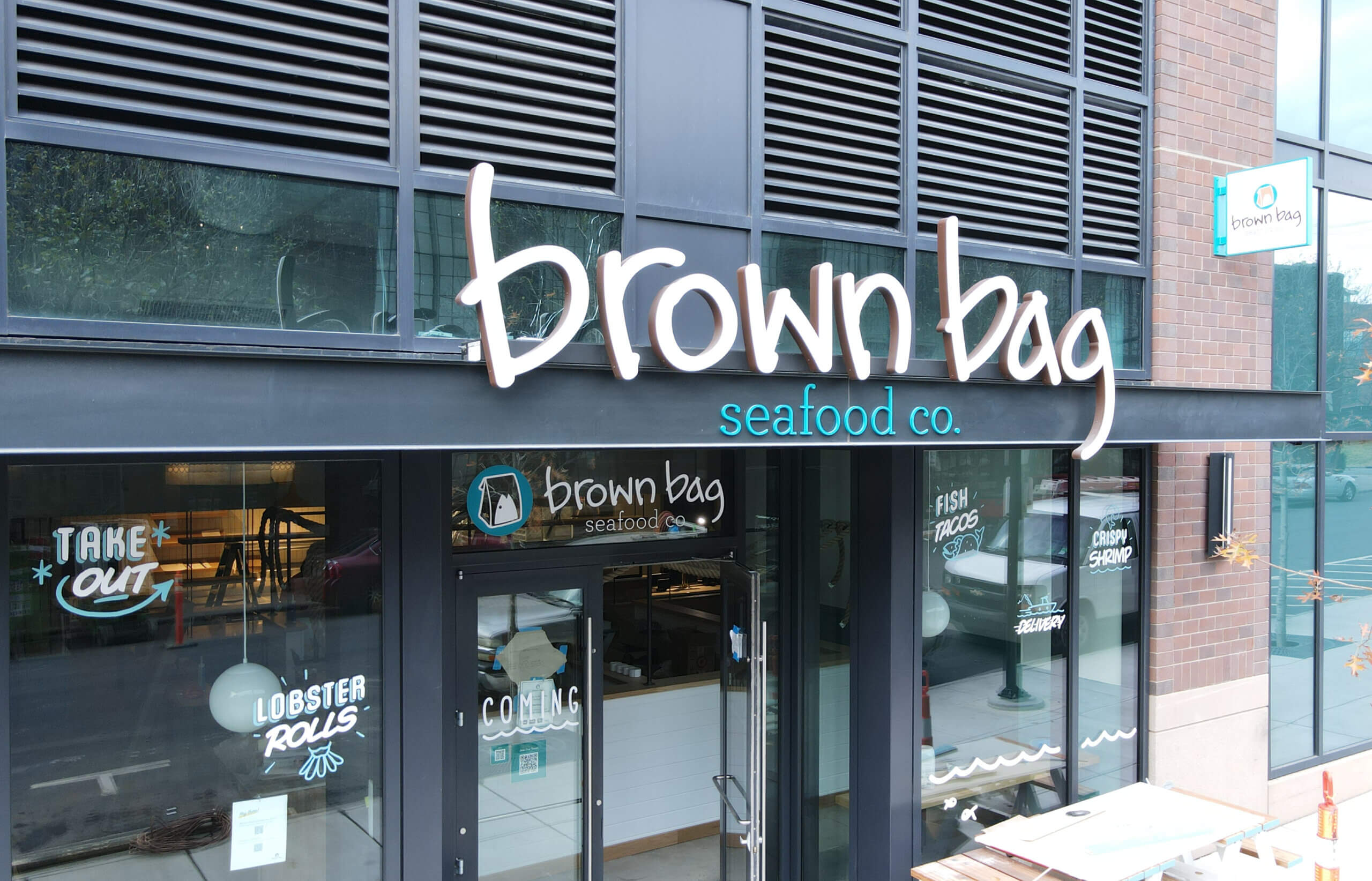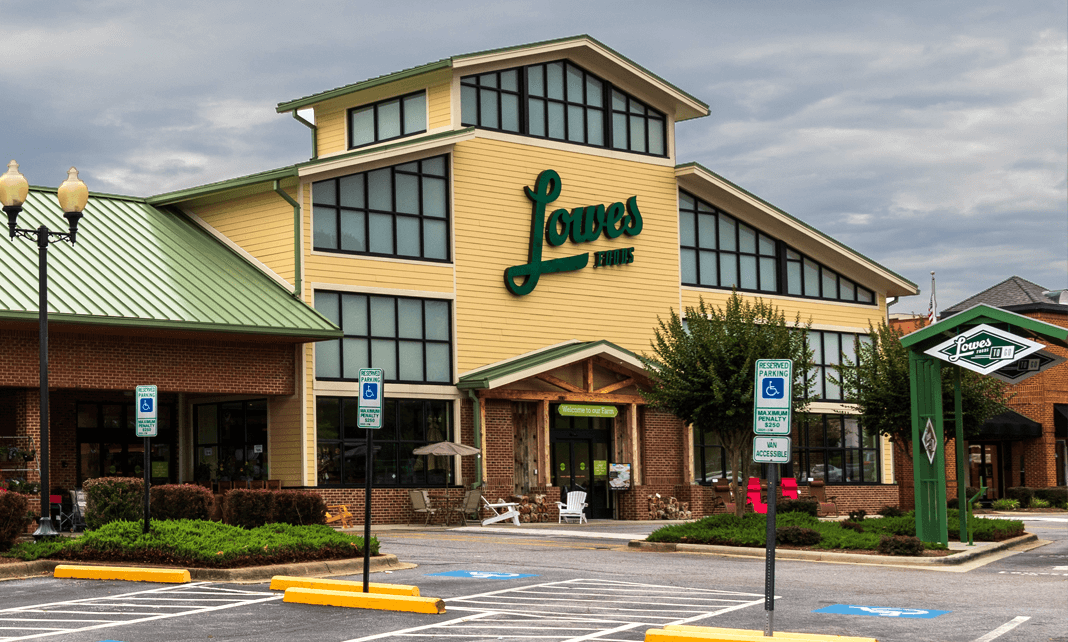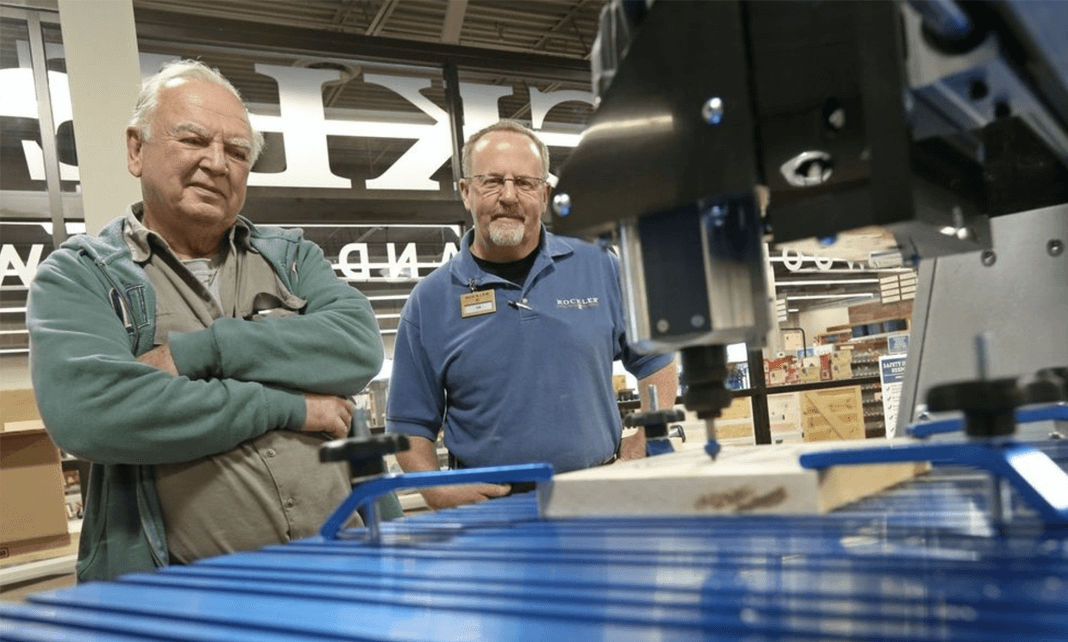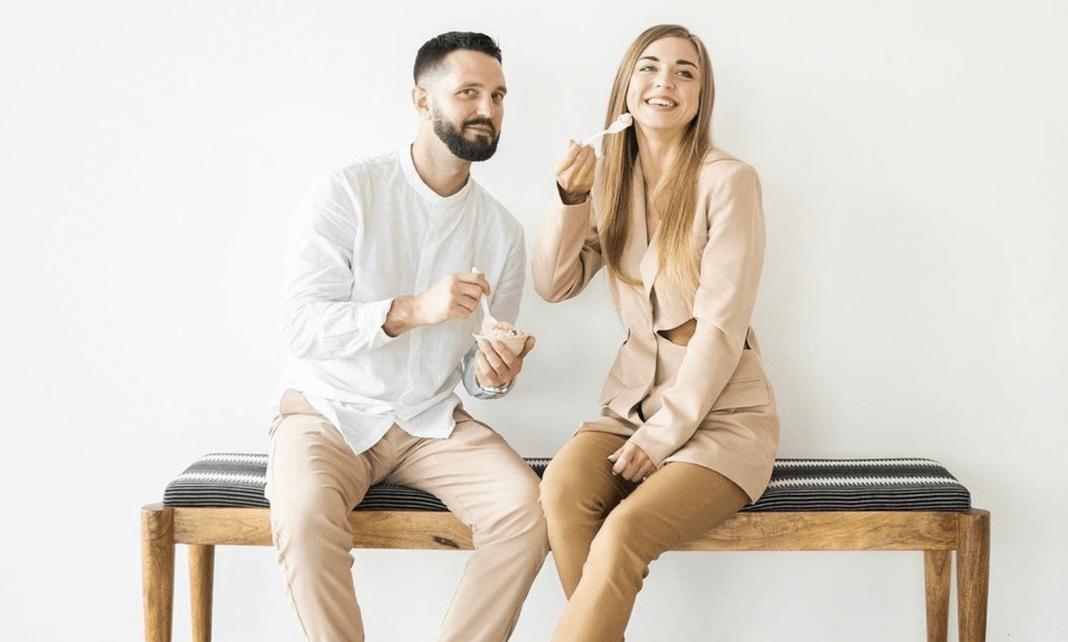Starbucks introduced the United States to gourmet coffee and an experience built around a hot cup of coffee that customers quickly picked up in the morning on their way to work. Over the last five decades, America’s coffee culture has matured, and a new version of a coffee destination is emerging that broadens the time of day when the product is purchased, as well as the product that’s being sold. This time shift and expanding menu can appeal to both those who need a jolt of caffeine to get going in the morning, as well as younger adults seeking a fun fruity beverage or high energy cold drink in the afternoon.
Set against that legacy of Starbucks, this new coffee generation is emerging, and it isn’t entirely about coffee and increasingly embraces a model built around a drive-through experience. This significant shift underway in the coffee retail sector is being played out on a national stage and the motivations behind this transformation are multi-faceted. The success is evident in the strategies of a few rapidly expanding concepts.
A new group of coffee brands are emerging that are more than coffee. This includes concepts as Dutch Bros, 7Brew, Tim Hortons, Scooter’s Coffee, Black Rifle Coffee Company, The Human Bean, Caribou Coffee and BIGGBY Coffee Drive Thru. While Starbucks remains the dominant coffee brand, with Dunkin’ and Peet’s also holding strong positions. According to Chain XY data, Starbucks added 561 stores to its national store count from spring 2022 to spring 2023, and Dunkin’ expanded by 180 stores, while Peet’s national presence shrunk by seven stores in the past 12 months. During the same period, Dutch Bros increased its footprint by 168 stores, Scooter’s grew its store count by 157 and BIGGBY added 61 stores. Growth in the new coffee category is not advancing on the same pace as traditional coffee retailers, but the segment is expanding as strong regional coffee retailers explore national roll-outs. Retail experts see a significant runway ahead for a full slate of new coffee retailers to rapidly initiate national expansion plans with new menus, supported by the convenience of drive-throughs and technology that appeals to its customers.
Demographic Shift
Today’s coffee store has embraced a different demographic than the coffee aficionado. Coffee retailers are selling a variety of cold, energy or fruity drinks that appeal to a younger demographic. The brands and product line-up are wrapped up in a host of other aspects including the influence and popularity of social media. It is safe to say, a typical Starbucks customer seeking a refined, indoor experience is likely less attracted to this new generation of coffee retailers. A decisive marketing push by Dunkin’ and new coffee retailers to target younger customers has decreased the average age of their customers down 7.2%, according to research by Placer.ai.
“The market’s fragmented and the new coffee retailer is less concerned about selling coffee in the morning,” said Providence Group’s Darren Wood. “The fact that they prefer to be as close to Chick-fil-A as they can reveals a great deal about when they believe their peak hours are now.” The new coffee retailer’s prime time leans closer to afternoons when kids get out of school or the early evening. Additionally, the menus skew towards cold, fruity drinks, bubble tea concepts or milkshake brands.
In fact, Placer.ai recently looked at the shift in coffee visits between 2019 and 2023 and uncovered part of the reason coffee outperformed the wider dining segment. A portion of coffee traffic is driven by a need to grab a cup of coffee to get started in the morning or as an afternoon boost, but researchers say location intelligence indicates midday visits at a number of national coffee retailers is increasing. Between Q1 2019 and Q1 2023, almost all coffee chains analyzed, including Starbucks, Dunkin’, Tim Hortons, Peet’s Coffee, and Caribou Coffee (and excluding Dutch Bros) experienced an increase in visits between 11 am and 2 pm, reports Placer.ai. That growth is likely anchored in the fact that people want a midday pick-me-up or remote workers are finding a spot to get into a more creative mode. Wood notes, there is also a new trend emerging in coffee retail circles called “lunchflation,” which simply refers to the fact that people now view coffee as a treat, while cutting back on eating lunch out.
“I’d Like a Smooth 7 & a Seven Fizz, Please”
“The product menus of these concepts are absolutely changing the script,” says Providence Group’s Darrell Palasciano, who primarily represents landlords, developers, and retail properties. “In the beverage space, the non-alcoholic beverage space has gone from being an add-on at a coffee shop or a restaurant to these stand-alone hot cold beverage brands. These new coffee retailers have totally retooled that Starbucks experience for a whole new generation of teenagers and 20 somethings. They’ve just turned the whole thing upside down,” he said.
The success of the new coffee retailer is being driven by a shift away from the traditional morning coffee customer and reflects a move to expand its market into new products. The menus of these new coffee retailers like Dutch Bros or 7Brew are different and they are targeting a different audience at a different time of day. “I am confident kids on the way to high school in the morning are not likely to stop at a traditional coffee shop, unless they’re swimmers headed to practice at the crack of dawn,” said Wood, who notes these expanding coffee retailers prefer to be near high schools and the suburbs where the kids are.
Where’s the Drive-Through?
A critical component of the new coffee retailer are multi-stacked drive-through lanes. A double-lane drive-through allows them handle significantly more customer volume. “They crank out the drinks a lot faster at Dutch Bros and 7Brew locations compared to traditional coffee stores,” said Wood. That is one reason traditional retailers are working to figure out ways to incorporate more drive-through strategies at store locations that typically weren’t designed to accommodate them.
“Just about every site planning exercise I’m conducting today for existing coffee stores involves adding a drive-through,” said Palasciano. “They understand and see how obvious it would be to move the greatest number of cars through, but there is reluctance among some brands that were built around a coffee experience inside the store.”
There has been a multi-decade push and pull between convenience, QSR merchants and cities about drive-throughs. Simply put, coffee users want more drive-throughs, and many municipalities prefer not to have them. That is mainly because vehicular traffic isn’t aligned with the notion of good, sustainable urban planning, so they’ve enacted zoning over time to encourage people to take public transit or drive to a walkable shopping center to spend more time shopping and hanging out. “That’s the push and pull between the operators, the QSR, those municipalities and zoning,” says Palasciano. Developers seek to provide a real estate solution for an emerging category of QSR merchant’s that don’t offer a traditional sit-down experience with lower parking requirements but want as many drive-through lanes as can fit on a site.
“The biggest challenge with any drive-through, first and foremost, is municipalities that tend to discourage them because it cuts against what most city planners would probably argue is good, sustainable city planning,” says Palasciano. “It is hard to argue the advantages of transit oriented and pedestrian friendly urban planning. However, customers demand convenience at coffee retailers and that is being met with drive-throughs.”
Starbucks added drive throughs because their customers wanted it. Demand has grown to the point where now more than half of their customers insist upon it, notes Palasciano.
The Embrace of Convenience
The model in suburban retail is based on convenience rather than experiential retail. While there remains a compelling argument to create walkable urban environments with outdoor cafes and gathering spots where people can linger, customers still require convenience options. The growth of this drive-through centric model has been further fueled by people working from home and avoiding in-person dining during the pandemic. COVID changed work locations and pushed business to the suburbs
“The majority of this massive growth in coffee retail is occurring in the suburban environment and from a convenience perspective where folks can drive in and drive out and get to work on time with their hot coffee,” says Palasciano.
This new category of coffee-driven QSR is experiencing record sales and higher volumes when drive-throughs are added into the mix and that is driving higher rents and overall performance of a center. That rise in popularity and success hasn’t escaped the notice of developers, who are interested in filling that need and meeting demand for coffee, especially in new suburban development projects.
“Typically, with new projects these days, at least new suburban development projects in most cases, we are initially going in on these projects with the understanding that there’s a very good chance we end up with a coffee user that will require a drive-through,” says Palasciano. “So, we’re putting them on many of our plans even before we pick up the phone and start calling the coffee users.”
Palasciano notes developers are very receptive to incorporating coffee operators in their projects because they better understand their programs and needs now, in particular the desire for multiple stacking drive-through lanes. Providing what they need allows the coffee operator to generate high volume and in turn pay higher rents – thus developers are happy to oblige.
Growth Through a Pandemic
Coffee retail is also being advanced by the fact that QSRs and food operators needed to find ways to survive pandemic lockdowns when indoor dining areas were closed. Wood said, “Many of these concepts have evolved because inside seating was closed. In the suburbs or outlying areas restaurants and some coffee retailers with drive-through or outdoor pick-up areas did better because people weren’t going to the office in the CBD or office parks, a condition that has been extended via hybrid work models.”
Coffee has proven resilient through the pandemic, too. Research by Placer.ai on the baseline change in coffee and overall dining visits since January 2020 reveals that coffee’s COVID recovery regularly outperformed that of the overall dining industry. Further, since January 2022, monthly year-over-three-year (Yo3Y) visit gaps in the coffee space were consistently narrower than Yo3Y visit gaps for the wider dining category.
Throughout the pandemic, touchless technology was favored and found a place in the retail environment. While that was mainly to reduce the spread of COVID, people adopted technologies that allowed them to quickly and easily get the things they wanted without having to speak with anyone. That may have been a touch screen or app on their phone that produced an order that was ready when they arrived or shortly thereafter. Not only did that meet the customer’s need it generated some benefits for operators who could quickly process orders via technology such as mobile ordering and were able to move the staff typically taking orders into back-of-house order fulfillment roles.
Palasciano credits ordering apps, first and foremost, for helping remove friction from the transaction process. “Once the transaction becomes automatic, it removes a choke point and that quickly boosts the top line for a coffee retailer,” he said. Since those functions are handled off-site it helps reduce the amount of space needed for both the staff taking orders as well customers waiting in line. It becomes almost a Henry Ford style of innovation. And in some cases, orders can be placed online, and customers visit a pick-up only location without any Barista’s visible.
An additional benefit of apps is the technology can be used to track customer purchases for future ordering, sending advertising offers or sharing brand and marketing information with customers. This is a “paradigm shift.” Technology and online platforms have replaced the need for traditional paid advertising, too, since social media has become a digital “billboard” to connect with a younger generation and new demographic for coffee retailers.
Food and beverage categories have been moving in the drive-through direction since the 1950s or sixties, notes Palasciano. ‘Probably like many other categories, the market experienced and has been driven by the technological trends in food service. Technology just exacerbated and accelerated the food and beverage sector when COVID hit. It is clear coffee was one of the biggest participants in that exponential growth,” he said.
The pandemic also likely pushed cities to change or suspend zoning to allow restaurants to add more drive-throughs, in some cases full-service restaurants with liquor licenses were even allowed to sell off-premises alcohol during COVID.
Drive-Through & Coffee Culture
The growing trend of drive-through coffee retailers over the past few years is a continuation of a movement underway for decades. The pandemic accelerated expansion plans and parts of the country that hadn’t yet adopted this new convenience coffee culture found in other areas such as in Seattle, the West Coast or Northeast, now have embraced it. A couple of years ago about the only national coffee-focused retailers with a presence in the Southeast and Carolinas were Dunkin and Starbucks. Now, there are six players actively seeking sites as part of national roll out strategies.
All of this growing and new competition could work to dilute a brand since the theory was the coffee cup was limited in size. But another view is the new coffee retailer is actually opening up a new beverage category that is coffee-adjacent. “That later thesis is easy to spot on the menus of Dutch Bros and 7Brews. The most popular items they sell are those that don’t have as much to do with coffee,” says Wood, who notes as these concepts open up in new markets like the South or Indiana, they are seeing higher volumes as new customers discover the new coffee shop. In cases where these new coffee concepts are expanding into a market that may be considered an older, stagnant coffee market, they are discovering the new concept is being embraced as a “big deal.”
There is excitement around these new coffee brands, and they are capturing new market share. That hasn’t gone unnoticed by traditional coffee retailers like Starbucks either. Wood said, “Starbucks is putting stores in place that if you’d asked me four or five years ago, I would have not believed it, because I thought that would completely dilute their brand.”
Wood notes shifting the menu and experience to cater to a younger demographic segment can be credited for part of the success of these new coffee retailers, too. In the case of Dutch Bros and 7Brew, the experience is completely different than that at a Starbucks. Some of this is because coffees are made by baristas inside at a Starbucks while the new model involves a different outdoor experience. In traditional coffee stores, the experience was built around gourmet coffee and an environment in which customers could linger, buy music or coffee mugs, and might even serve as a second office, meeting place or touch-down spot between meetings. While those experiences still exist in urban markets, the new coffee experience has moved outdoors in the suburbs.
Order takers at the new coffee retailers are stationed outside under canopies and they interact with customers in their cars, typically across multi-stacked lanes. Those taking orders at Dutch Bros and 7Brew, that may amount to a $6 drink, are trained to be upbeat, enthusiastic, and bubbly. It all adds up to impressive average unit volumes that could exceed $2 million. When you factor in significantly smaller footprints by square footage, it is easy to see why the rapid expansion by these coffee retailers makes sense.
The Future Includes Coffee
Developers considering new projects are wise to start with a plan that includes a coffee retailer as part of its QSR lineup. That is especially true for suburban retail development site plans. “The starting point for projects traditionally included a burger place, a taco QSR and a fried chicken outlet as the “must have” tenants. Today, the tenant mix must also include a coffee retailer as a freestanding drive-through as one of the leading QSR categories,” said Palasciano.
Expansion plans for QSR’s can now include smaller markets that they previously steered away from, and those plans must now also include coffee retailers. Palasciano said, “Any market that can support a McDonald’s, can also support a Taco Bell, can also support a KFC. And now for the first time, may also support a Starbucks. And that is a very new thing. You didn’t see that five years ago. You do see it now.”
Smaller markets are proving to be able to support these new coffee retailers, too. The amount of money being spent on coffee in markets previously thought too small to justify expanding into is staggering. The size of the coffee cup is proving to be bigger than imagined, especially by the measures of population and income by which they traditionally were evaluated.
Starbucks was the first major coffee shop to prove decades ago that customers would pay $4 for a cup of coffee at a time when the going price for a cup of coffee was half that amount. Starbucks was able to increase the price of that coffee and small markets are making that connection today. Customers who typically pay $5 for a burger and fries’ meal at McDonald’s are willing to pay $4 or $5 for a coffee drink, as well. It is interesting to find those same customers who eat out at a QSR, can and are willing to spend the same amount on coffee. That revelation follows the arrival of a Starbucks, likely the first upscale brand some small markets have seen. Palasciano calls that embrace of upscale coffee retailers in smaller markets “fascinating and mind-blowing.”
Because the margins can be thin in the traditional sit-down coffee shop it is increasingly difficult to survive. That’s one reason drive-throughs make sense even more today, especially for retailers that don’t own their real estate, notes Wood. “Adding a drive-through helps add revenue and allow them to meet rent obligations.” Legacy brands will likely struggle unless they are able to incorporate new revenue streams across more parts of the day and drive more volume that drive-throughs can provide,” he said.
Coffee retail is here to stay and is now considered a staple of a QSR lineup. The volume and revenue that coffee can produce supports its inclusion in the mix, while drive-throughs are facilitating the continued growth of a new model in coffee retailing.
The classic Italian coffee culture envisioned and embraced by Howard Schultz at Starbucks has given way to a new coffee world in which a gourmet coffee experience is no longer the centerpiece. What has replaced that is the convenience a drive-through experience can facilitate, whether customers order a coffee drink, a cold fruity beverage or energy infused drink. And it all is contained in a cup bursting with a fresh new attitude and vibe that is contagious.


